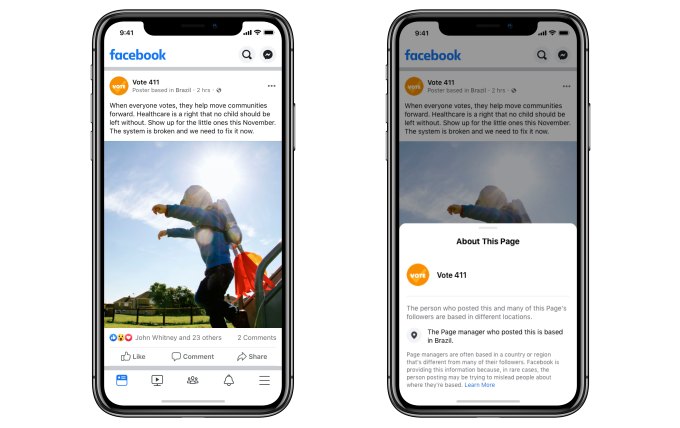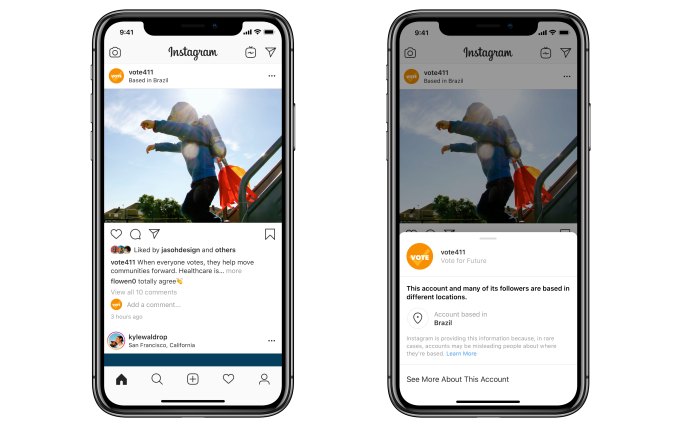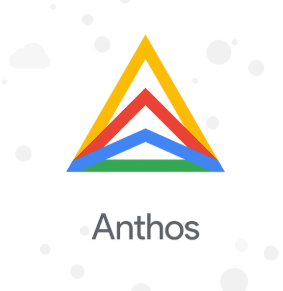SpaceX CEO and founder Elon Musk said on Twitter on Wednesday that the cause of the failure of a single Merlin engine during the most recent Starlink launch (which didn’t prevent the launch from ultimately succeeding at its mission) was the result of an undetected, “small amount” of a learning fluid that ignited during the flight.
The SpaceX Falcon 9 vehicle uses nine Merlin engines on its first-stage, and can still operate successfully in case one stops working. One did stop working during the ascent phase of the Starlink mission that took place on March 18. The engine failure didn’t affect the subsequent deployment of 60 Starlink satellites, which went as planned, but it did prompt an investigation into the cause by SpaceX, which was joined by NASA ahead of the commercial crew flight that will carry NASA astronauts for the first time using a Falcon 9 on May 27.
Musk said the cause of the Merlin failure was a “[s]mall amount of isopropyl alcohol (cleaning fluid) [that] was trapped in a sensor dead leg & ignited in flight.” Isopropyl alcohol is a common cleaning and disinfectant agent used in sterile environments, and is also available over the counter as rubbing alcohol for consumer use. Based on Musk’s explanation, it sounds like some was accidentally trapped in the sensor housing for a pressure valve in the Merlin’s fluid systems, and then it caught fire when the engine was ignited. That likely wasn’t enough to damage engine, but told the sensor that heat levels were exceeding acceptable limits and caused a shutdown.
Based on the fact that NASA and SpaceX have since announced an official date for their Commercial Crew Demo-2 mission, it seems very likely that the agency was satisfied with this investigation and the cause that SpaceX identified. The issue seems relatively easy to mitigate in future through post-cleaning checks, and even in the off chance of a similar reoccurrence, the redundancy built into SpaceX’s Falcon 9 engine system seems very likely to be able to ensure continued successful operation of the spacecraft.







